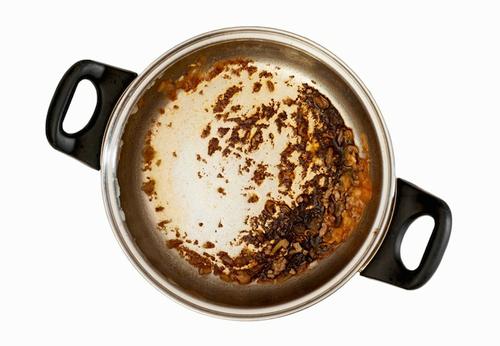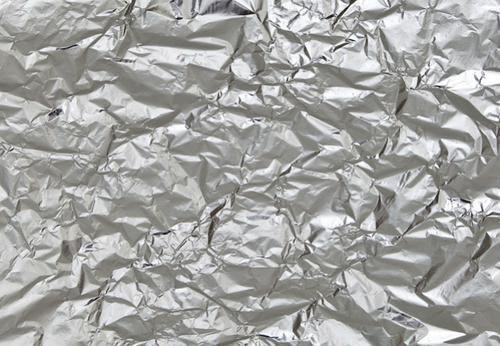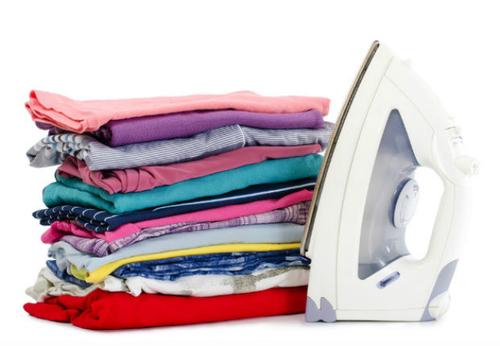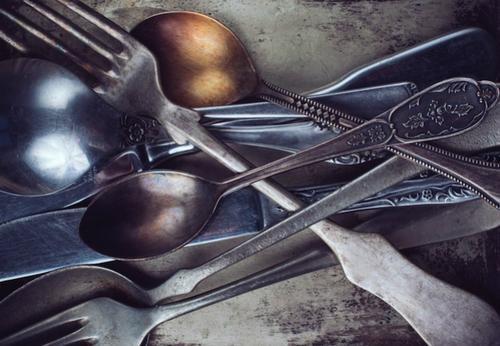5 Aluminum Foil Uses You Never Thought Of
—Jennifer Noonan
Cooks
know the value of aluminum foil, particularly around the holidays, when
it plays a role in everything from roasting vegetables to storing
leftovers. For something so unabashedly simple, aluminum foil has a
surprising number of uses—not only in the kitchen, but in other rooms as
well (and even outdoors). Scroll down to see five ways this versatile
pantry staple can help you take on the household challenges faced not
only this time of year, but in all seasons.
1. SCRUB POTS

Cooking
is fun; cleaning isn’t. If your meal preparation has left a pot, pan,
or casserole dish with a layer of stubborn gunk along its bottom, try
this time- and sanity-saving trick: Crumple a sheet of aluminum foil
into a crunchy ball, then use it as you would a piece of steel wool. The final step? Do a happy dance.
2. PROTECT TREES

Many
tree species, fruit trees most of all, are subject to a particular
nuisance: mice, rabbits, and other creatures eating the tree trunks’
lower bark. If unchecked, those hungry garden pests can
seriously compromise a tree’s overall health. Put an end to the problem
by wrapping the trunk with a double layer of aluminum foil.
3. MAKE A FUNNEL

There
aren’t many times when I think, “Gosh, I wish I had a funnel!” But on
those rare occasions when I realize that what I’m doing would be so much easier with
a funnel, I chastise myself for not owning one. Then I remember that
you can always make your own, quickly and easily, using a sheet of
aluminum foil.
4. CLEAN IRON

Your clothing iron doesn’t need to be cleaned with the consistency of, say, the bathroom sink.
But there are times when starchy buildup can actually subvert the
appliance’s proper operation. When that happens, run the hot iron over a
piece of aluminum foil. The starch transfers to the foil, and the iron
comes out clean.
5. POLISH SILVER

To
polish silver using items you have on hand, follow these steps. First,
line a pan with aluminum foil. Next, add one tablespoon of baking soda and one tablespoon of salt. Slowly pour in a half-cup of vinegar,
then add one cup of boiling water. Finally, put your tarnished silver
into the mixture, letting it sit for just 30 seconds. Pull the silver
out with tongs (remember, it’s hot), buff it to a shine using a soft
cloth, and suddenly—presto, you’re ready for dinner!
No comments:
Post a Comment